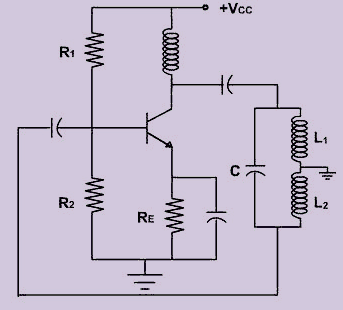Follow along with the video below to see how to install our site as a web app on your home screen.
Note: This feature may not be available in some browsers.


I am building power source for ion thruster.Why are you using such a huge transitor for an oscillator?
How on earth did you get to such stupidly low bias values?.This is not ideal because II am wasting a ton of energy in the bias alone.
View attachment 141302
I believe I was trying to supply enough current for the switching speed.How on earth did you get to such stupidly low bias values?.
I'll give the one on the left a try. I had an earlier attempt like that only I was missing the cap on the center tap.Here are a couple more LC FET square wave oscillators I just whipped up.
Yes, that was discussed and is step two when I give-up on a monolithic design.Do you plan to do everything with just a single transistor? It might be more efficient and generally better to use a small transistor for the oscillator and then a big transistor as a power stage.
Also, what kind of ion thruster runs on AC?
The value of the centre tap. cap. C2 is not critical as it is creating a shunt to ground, but just cannot be too much smaller than the main feedback resonant cap. But it is essential to have one to create the phase shift. C2 can be almost any value, say 100 pf to 100 nF but not 0 pF. fo=1/(2pi{(L1+L2)C}^.5)I'll give the one on the left a try. I had an earlier attempt like that only I was missing the cap on the center tap.
